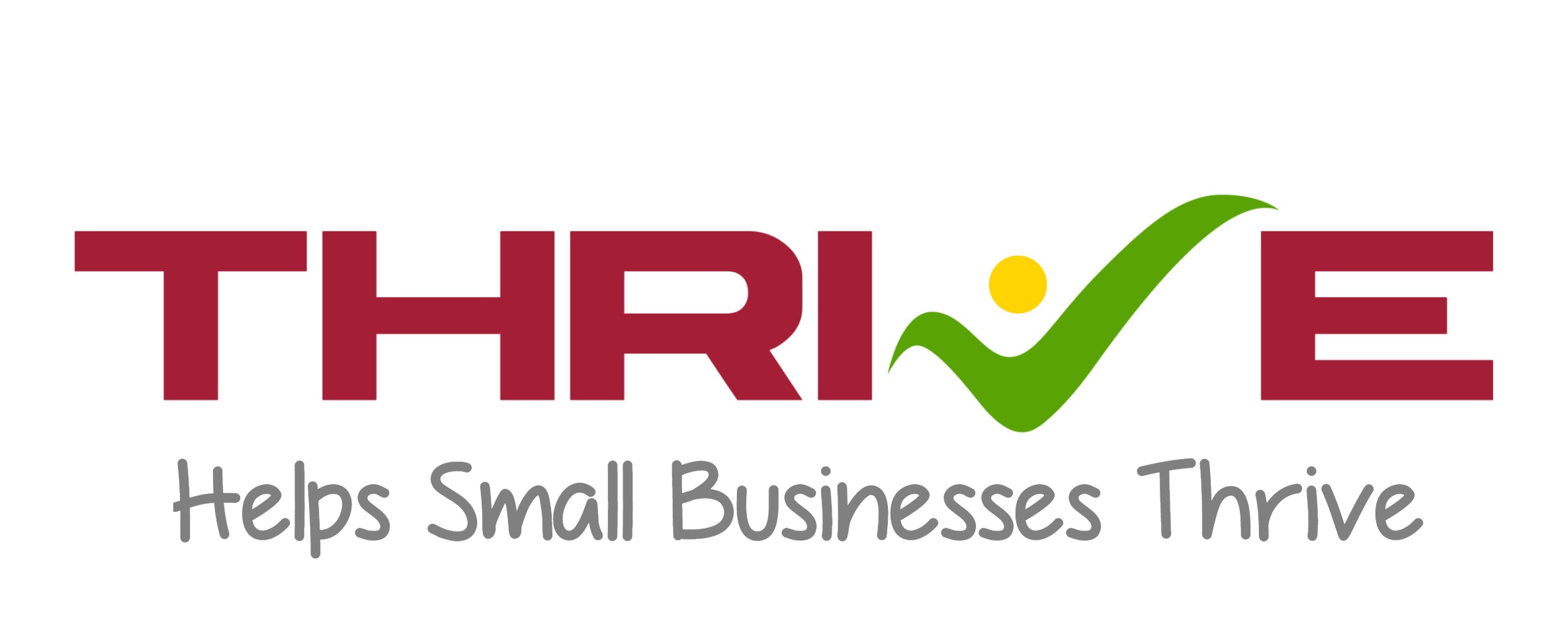In today’s digital landscape, social media marketing (SMM) is no longer a luxury; it’s a necessity. It can transform your brand from being just another name in the crowd to a trusted authority, generating leads and maximizing your return on investment (ROI). But how do you navigate this vast ocean of platforms to find the right fit for your business? Let’s dive into the specifics.
## What Social Media Platform is Best for My Business?
Choosing the ideal platform depends on your target audience, industry, and goals. For instance, if you cater to a younger demographic or focus on visually-driven products, platforms like Instagram or TikTok may suit you best. Conversely, if you’re B2B or professional services-focused, LinkedIn could be your goldmine. Understanding where your audience spends their time online will streamline your efforts and enhance engagement.

## What is the Best Social Media Platform for a Small Business?
For small businesses that may not have extensive marketing budgets or resources, Facebook remains one of the most effective options. Its diverse user base allows targeted advertisements to reach specific demographics based on interests and behaviors. Additionally, its robust analytics tools help track performance efficiently. However, don’t overlook Instagram’s potential for visual storytelling or Twitter’s real-time communication capabilities—each platform has unique advantages that can benefit small enterprises.
## How to Do Facebook Marketing for a Small Business
To kickstart Facebook marketing effectively:
1. **Create a Business Page**: Ensure you have an optimized profile with engaging visuals and complete information about your offerings.
2. **Content Strategy**: Focus on quality over quantity—post content that resonates with your followers such as behind-the-scenes glimpses, customer testimonials, or educational posts.
3. **Engagement**: Encourage comments and shares by asking questions or running polls. Respond promptly to queries to foster community interaction.
4. **Advertising**: Utilize Facebook Ads targeting features to reach precise audiences based on location, interests, and behavior—making every dollar spent count towards driving leads.
## How to Do Twitter Marketing for a Small Business
Twitter is all about conversation and immediacy:
1. **Profile Optimization**: Use keywords relevant to your business in both bio and tweets; this makes discovery easier for potential followers.
2. **Tweet Regularly**: Consistency is vital! Share updates frequently but ensure they are valuable—tips, insights related to your industry can position you as an expert.
3. **Engage with Followers**: Retweet mentions of your brand and respond thoughtfully to inquiries; proactive interaction increases visibility.
4. **Hashtags**: Use trending hashtags wisely—they expand reach beyond existing followers while connecting you with broader conversations pertinent to your niche.
## How to Do LinkedIn Marketing for a Small Business
LinkedIn thrives in the professional realm:
1. **Complete Your Profile**: A polished profile with clear branding sets the tone—it should reflect professionalism while showcasing what sets you apart.
2. **Networking Approach**: Connect with industry professionals but also engage in groups relevant to your field—this enhances credibility within niche communities.
3. **Content Sharing**: Publish long-form articles directly through LinkedIn Pulse; share insights that establish thought leadership while driving traffic back to your website.
4. **Advertisements & Sponsored Content**: Leverage LinkedIn advertising tools tailored specifically for B2B audiences; targeting job titles or company sizes ensures maximum relevance.
## How to Do TikTok Marketing for a Small Business
Don’t underestimate TikTok’s power! Here’s how small businesses can harness it:
1. **Authentic Content Creation**: Embrace creativity! Short videos showcasing product use cases or fun challenges generate engagement through relatability.
2. **Leverage Trends & Hashtags**: Participate in trending challenges or use popular sounds which can drastically increase visibility among users exploring those trends.
3. **Collaborate with Influencers**: Team up with micro-influencers whose values align with yours—they often yield higher engagement rates at lower costs compared to larger influencers.
4. **Track Analytics**: Regularly assess performance metrics via TikTok analytics; adapt strategies based on what resonates well with viewers!
Social media marketing isn’t merely about garnering likes; it’s about cultivating relationships that convert followers into loyal customers ultimately enhancing ROI across various platforms!






